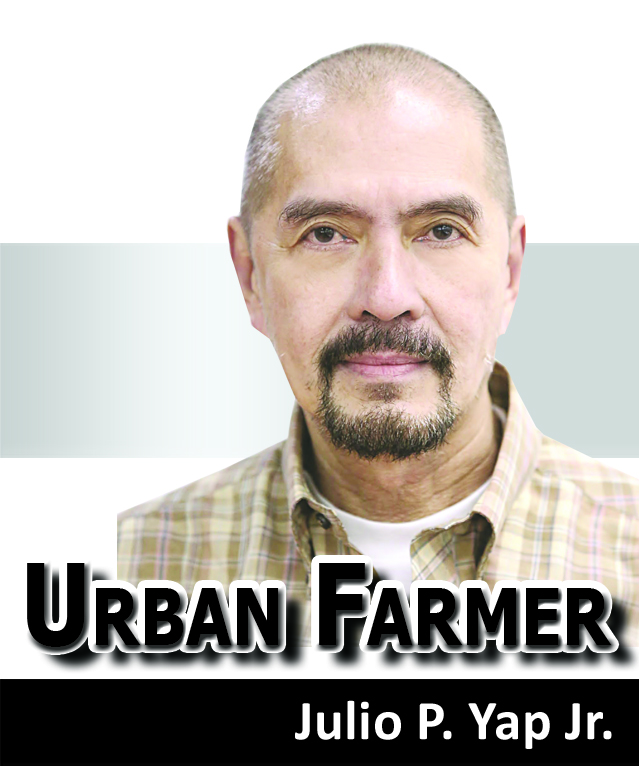 A RESEARCH initiative for the production of durian (Durio zibethinus Murr.) is being spearheaded by the Philippine Council for Agriculture, Aquatic and Natural Resources Research and Development of the Department of Science and Technology (DOST-PCAARRD) in an effort to increase the fruit’s yield and quality.
A RESEARCH initiative for the production of durian (Durio zibethinus Murr.) is being spearheaded by the Philippine Council for Agriculture, Aquatic and Natural Resources Research and Development of the Department of Science and Technology (DOST-PCAARRD) in an effort to increase the fruit’s yield and quality.
This development came after the Regional Durian Research and Development (R&D) program (Phase2) kicked-off during an inception meeting held at the headquarters of the DOST-PCAARRD recently.
Statistics showed that as of 2016, the area planted to durian in the country was estimated to be 16,618.86 hectares with a total of 1,265,890 bearing trees.
Of these, a total of 8,344.00 hectares or 50.21 percent with a totality of 818,270 bearing trees are found in the Davao Region.
The volume of production in 2016 was estimated at a total of 71,444.19 metric tons with 53805.71 metric tons or 75.31 percent coming from the Davao Region.
Also geared towards attaining an increased fruit yield, improved fruit quality, and more efficient fertilizer application, the program will establish durian tree management practices for at least six durian Philippine varieties namely, Puyat, Arancillo, Kob, Duyaya, D101, and Karnyao.
Widely known and valued in Southeast Asia and elsewhere as the “King of Fruits,” durian is unique for its large size, unique odor, and intimidating thorn-covered husk.
It will also validate the program results of Phase 1 to generate more conclusive and comprehensive results.
The program titled “Enhancing Productivity and Sustainability of the Durian Industry in Southern Mindanao for Improved Market Access Phase 2” will be implemented by the Bureau of Plant Industry-Davao National Crop Research Development and Production Support Center, University of Southern Mindanao (USM), and University of Southeastern Philippines (USeP) in Southern Mindanao for two years.
The program will develop a fertilization guide based on the optimum nutrient standards of durian.
It will also cross validate the pruning, detopping, flower and fruit thinning techniques, and fertilization standard of durian for optimum yield and quality.
A Geographic Information System (GIS)-aided soil suitability map for durian in Davao and Cotabato is also among the expected outputs of the program.
The program is one of the initiatives of DOST-PCAARRD to help the local durian industry in achieving a higher national average production.
The CRD of the DOST-PCAARRD organized the inception meeting to level off expectations and fine-tune the technical and financial aspects of the program.
Following the opening of the Association of Southeast Asian Nations (ASEAN) Common Market in 2015, the fruit industry in the Philippines faces a big challenge to provide a safe product at competitive prices, which can only be achieved through the integration of the production and marketing for each fruit species.
Likewise, productivity and/or areas of production should be increased in order to attain the economy of scale to expand and/or open new markets abroad.
There is also the need to enhance the extension services provided by the different government agencies like the DOST-PCAARRD in order to efficiently transfer new technologies to growers to enhance their production and marketing efficiency. (jaypeeyap@ymail.com/PN)


